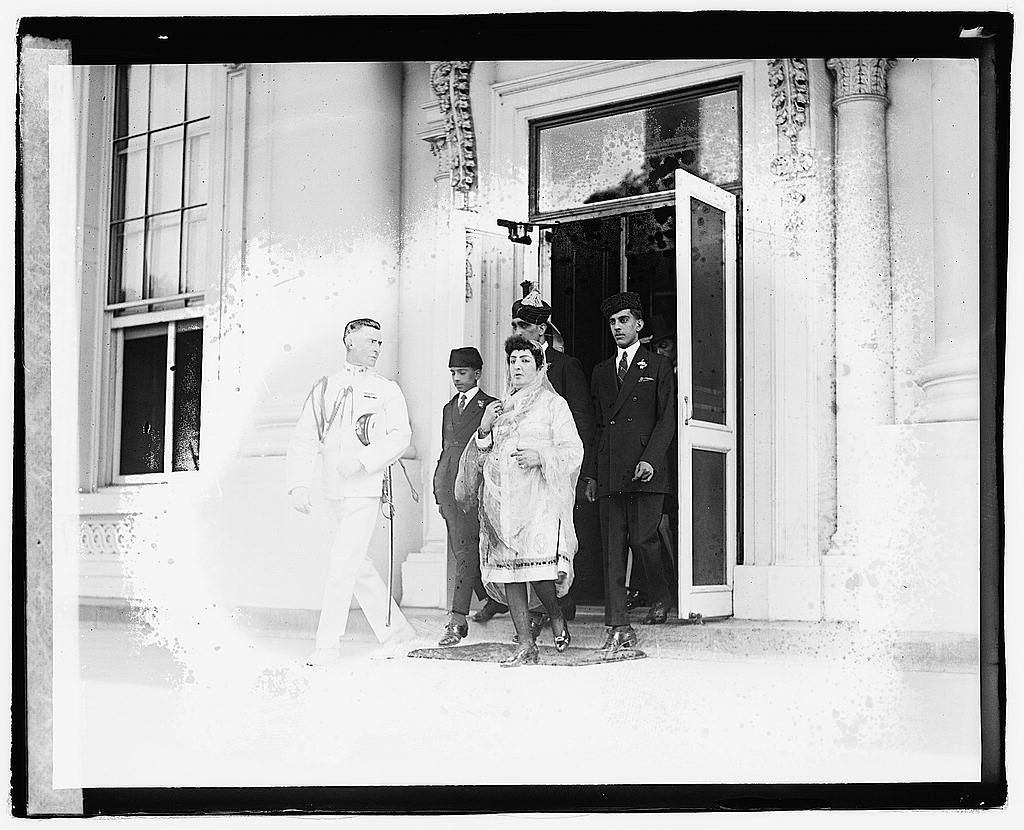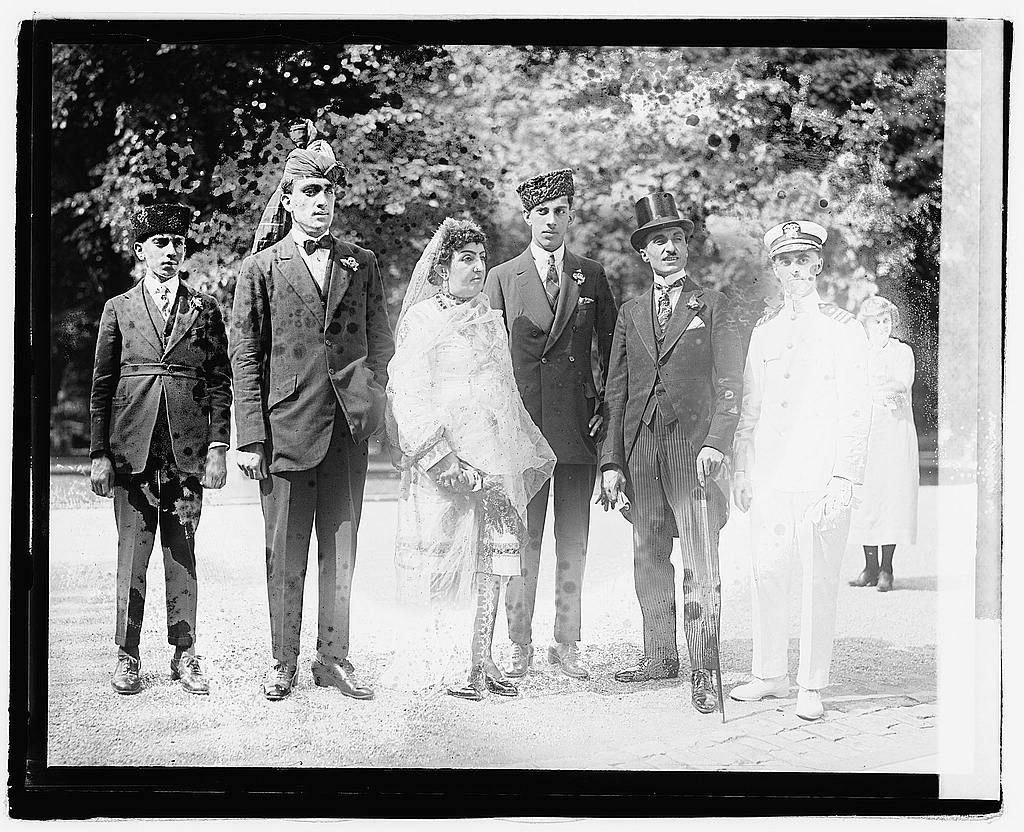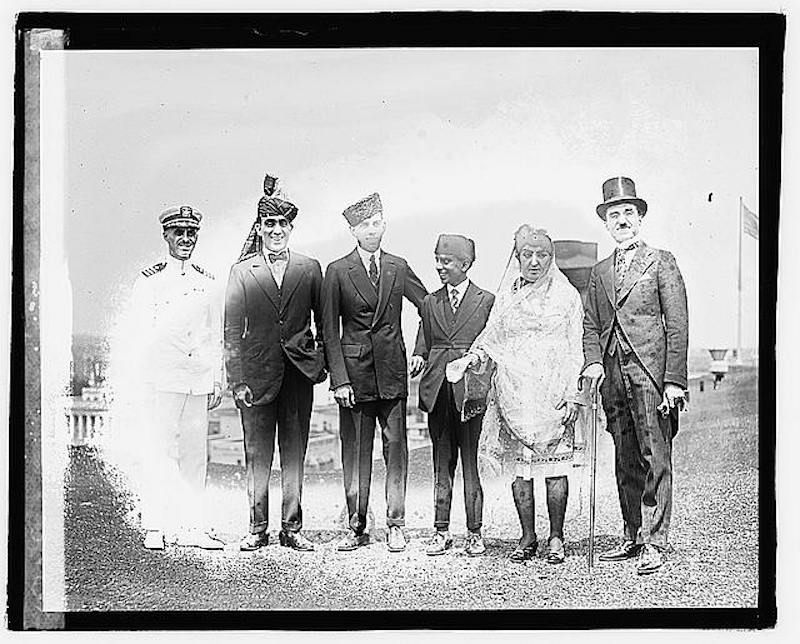The Many Faces of Brooklyn’s Greatest Imposter
Stanley Clifford Weyman lived many, many lives.

There are those who impersonate other people for money and fame, and then there are people like Stanley Clifford Weyman (not his real name), Brooklyn’s greatest imposter, who did it for the love of living in the skin of others. Throughout his life, Weyman impersonated military officials, political figures, and even the personal doctor of Rudolph Valentino’s widow—all just because he wanted to.
Stanley Jacob Weinberg was born in 1890 in Brooklyn, New York, to a working-class family. Early in life, Weinberg had wanted to be a doctor, but his parents couldn’t afford the tuition, so he quickly started down the track toward a life as a file-clerking drudge. (He’d get around to being a “doctor” in due time.) But that life was never going to be enough for Weinberg. Around the age of 20, Weinberg began to live other lives.
Weinberg’s first documented case of impersonation hit the newsstands when he was outed while impersonating a U.S. consul representative. Weinberg claimed that he had been positioned as a diplomatic agent for a place called Port du Aubres (no such place), near Morocco, and he used the prestige from this fake position to dine out in some of New York’s fanciest restaurants. According to a later story in The Brooklyn Eagle, he was exposed when the press, which he had contacted about his appointment, discovered that he had never offered the position—and also that the position didn’t exist. This not-so-clever scheme was just the first in a long career of almost hilariously brash, and seemingly compulsive, imposture.
Shortly after his first foray into posing as a fake official, Weinberg claimed to be an investigator for New York’s Mayor William Gaynor—until Gaynor wrote to him to knock it off. Then he moved on to saying he was a bomber pilot who flew in the Balkan War, supposedly given a medal by the very Turkish sultan he claimed to have bombed. And on and on.

Weinberg never impersonated specific people, but rather invented figures with variations of his name, such as “Rodney S. Wyman” and “Allen Stanley Weyman.” A couple of his recurring favorites were “Ethan Allen Weinberg” and “Royal St. Cyr,” but according to a 1968 story about him in The New Yorker, he settled on Stanley Clifford Weyman, as his more or less permanent name, around middle age.
Weyman was clearly not some hi-tech master of disguise out of a spy movie. He relied less on false faces than on bluster and the deferential assumptions that populate the structures of power. He invented positions and names that sounded official and well above the pay grade of those he was trying to fool, and most people didn’t ask questions. Weyman never bothered to obscure his features, but he was fond of elaborate military costumes, which were close approximations more than historic replicas.
One of Weyman’s most public masquerades occurred in 1915 when, under the guise of Ethan Allen Weinberg, a consul general for Romania acting on a request from the Queen, Weyman conducted an inspection of USS Wyoming. After setting up the visit with the Navy over the phone, Weyman showed up in “a stunning light-blue uniform dripping with gold braid and wearing an admiral’s hat,” according to the Montreal Gazette. They gave him a 21-gun salute when he got to New York Harbor, and he performed what the captain of the ship eventually called “one hell of a tour of inspection.” Weyman went a step further and tried to set up a lavish feast for the officers at the Astor Hotel, billed to the Romanian consulate. However, publicity for the soiree caught the eye of detectives, who crashed the dinner and scooped up Weyman—still clad in his blue uniform.
Weyman went to jail for the incident with USS Wyoming. It wasn’t the first or last time he wound up behind bars. Records show at least 13 spells in the clink after the age of 21, almost half of those owing to minor parole violations (such as missing appointments with his parole officer while he was acting as someone else).
Despite this, the majority of his impostures actually managed to succeed, at least in the short term, and money seemed to be only a minor incentive for his actions. Weyman only rarely sought to actively defraud people for material reward. More often he was in pursuit of novel experiences. He is quoted as saying, “One man’s life is a boring thing. I lived many lives; I’m never bored.” This attitude was perhaps most evident in his resistance to the reformative charms of incarceration.

Weyman’s most high-profile caper went down in 1921, just a year removed from jail. That summer, Princess Fatima of Afghanistan was visiting New York with her three sons, and had expressed interest in meeting President Warren G. Harding. For political reasons, Harding didn’t respond to her interest, but State Department Naval Liaison Officer Rodney Sterling Wyman did. Amazingly, Wyman (Weyman) managed to arrange a meeting between Harding and Fatima. Weyman even took pictures with the foreign dignitaries on the White House lawn.
The whole thing only took Weyman around a month to execute, and it didn’t take that long for the State Department to realize that they’d been had. Once again Weyman was arrested. After another release, Weyman popped up again a few years later as the personal physician to Pola Negri, recent widow of silent film megastar Rudolph Valentino. Once he was exposed, Negri refused to press charges.
By the 1930s, his incredible history of faking was becoming so well known that it made it hard for him to operate. Police and newspeople knew him by face and reputation, and his days of being a high-profile imposter were essentially over.

When World War II struck, Weyman made the bizarre choice to start a school for draft dodgers, where he taught them to act mentally disabled or deaf to avoid enlistment. According to Michael Farquhar’s book, A Treasury of Deception, if he couldn’t teach them to act convincingly, he would just puncture an eardrum. This grim scheme was uncovered in 1943, and Weyman headed back to jail until 1948. He attempted a few more failed deceptions, but his heyday was over.
In 1960, Weyman was working as a night manager at a Yonkers motel when he was shot during a robbery. It was a sadly pedestrian end for a man who spent a decades trying to avoid a pedestrian life.
According to The New Yorker profile, his years of faking included time as “several doctors of medicine, and two psychiatrists, he was a number of officers in the United States Navy—ranging in rank from lieutenant to admiral—five or six United States Army officers, a couple of lawyers, the State Department Naval Liaison Officer, an aviator, a sanitation expert, many consuls-general, and a United Nations expert on Balkan and Asian affairs.” Weyman was no hero, but his ambition and dedication to craft are, perhaps, admirable.
Very few images of Weyman exist, so his face isn’t so recognizable today, but that’s probably exactly as he would have had it.
ATTN New Yorkers! If you liked this story, don’t miss Atlas Obscura LIVE!: IMPOSTERS on Sept. 14th, w/ special guests Aparna Nancherla (Master of None, CONAN), Todd Robbins (Host of True Nightmares), Jonathan Soma (Brooklyn Brainery), Shalewa Sharpe (Sirius XM), Joey Skaggs (The Art of the Prank) and the writers and editors of Atlas Obscura! Get tickets here!







Follow us on Twitter to get the latest on the world's hidden wonders.
Like us on Facebook to get the latest on the world's hidden wonders.
Follow us on Twitter Like us on Facebook